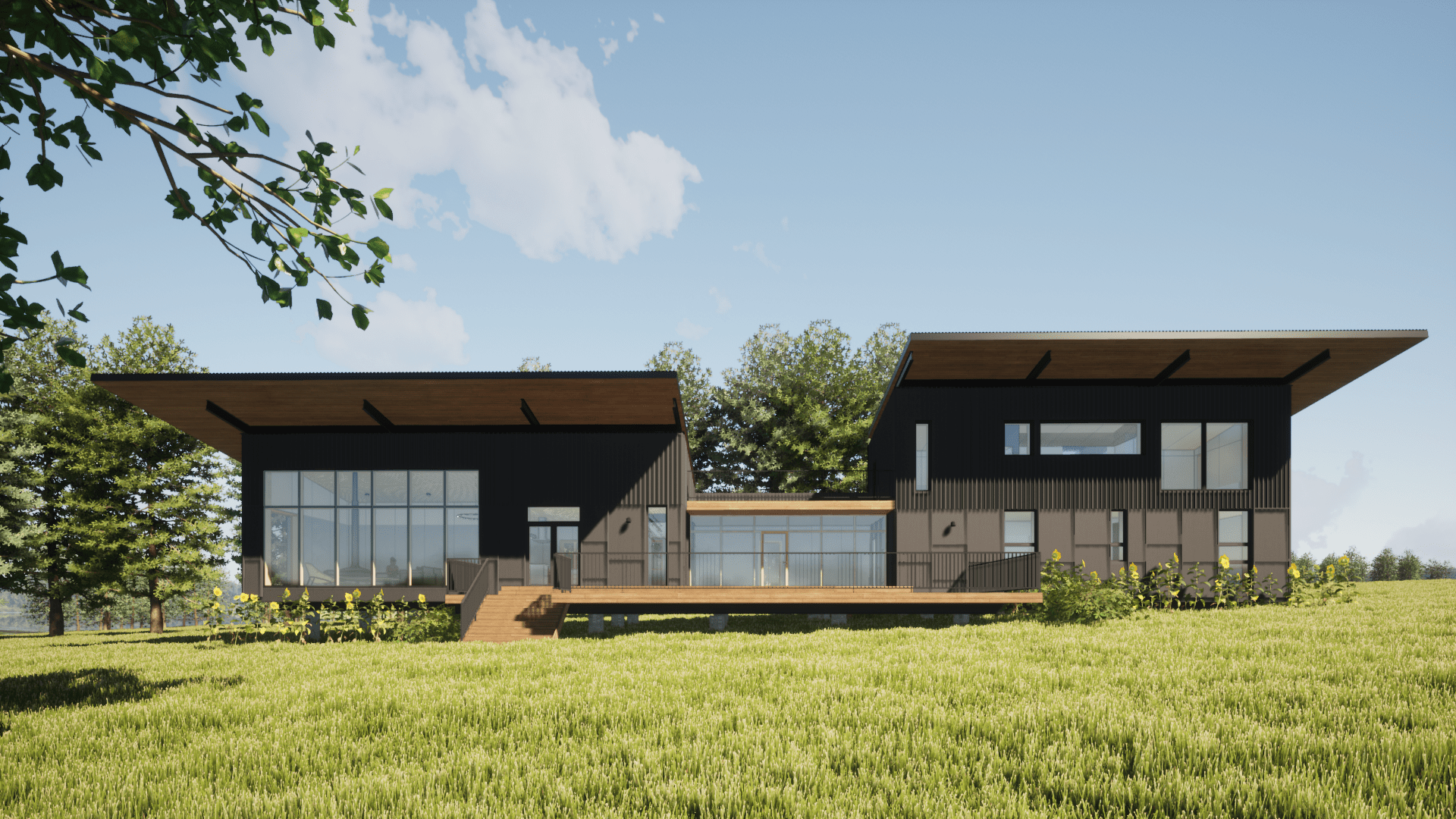Issue 01 – Wellbeing Has a Floor Plan
We chase wellness in gyms, diets, and digital detoxes, but ignore the one place shaping our mind and body every hour: home.
Architecture isn’t neutral. It’s constantly shaping how we move, think, and feel. Bad design introduces friction. It adds stress when storage is inconvenient, when sound bounces chaotically, when you never quite know where to sit or breathe. These tensions seem small, but over time they create an invisible drag on your well-being, like mental clutter embedded in walls and corners.
Good design, on the other hand, reduces friction. It supports flow. It understands that a house isn’t just a shelter; it’s a stage for your daily rituals, your habits, your downtime. It sets the tone for how you begin your morning, how you transition from work to rest, how you connect with your family, and how you find solitude when needed.
When we say “high-performance home,” we’re not just talking about R-values or triple glazing. We’re talking about the performance of the people inside the home, how supported they feel by the space. That includes:
- A quiet corner to read, away from traffic flow, soundproofed just enough to retreat into stillness.
- Warm floors under bare feet, especially in the morning when comfort matters most.
- Morning light in the kitchen, because your circadian rhythm starts with light, and orientation affects biology.
- A layout that doesn’t fight you, where you don’t have to walk around furniture to reach the door, or shift your whole life to make space for a guest bed.

Design for wellbeing means making space for silence, for rhythm, for the body to feel supported and the mind to find calm. It’s about choosing materials that breathe with you, acoustics that soften edges, and layouts that feel intuitive. It means lighting that dims as the sun sets, textures that invite touch, and rooms that adapt to your emotional state.
None of this is indulgent. It’s foundational. Just like we invest in a good mattress for better sleep, or a good diet for long-term health, we should invest in spaces that help us feel whole. And the best part? A home that supports your wellbeing doesn’t just feel good, it often performs better, lasts longer, and uses less energy in the process.
In other words: wellbeing has a floor plan. You just need to draw it with intention.

